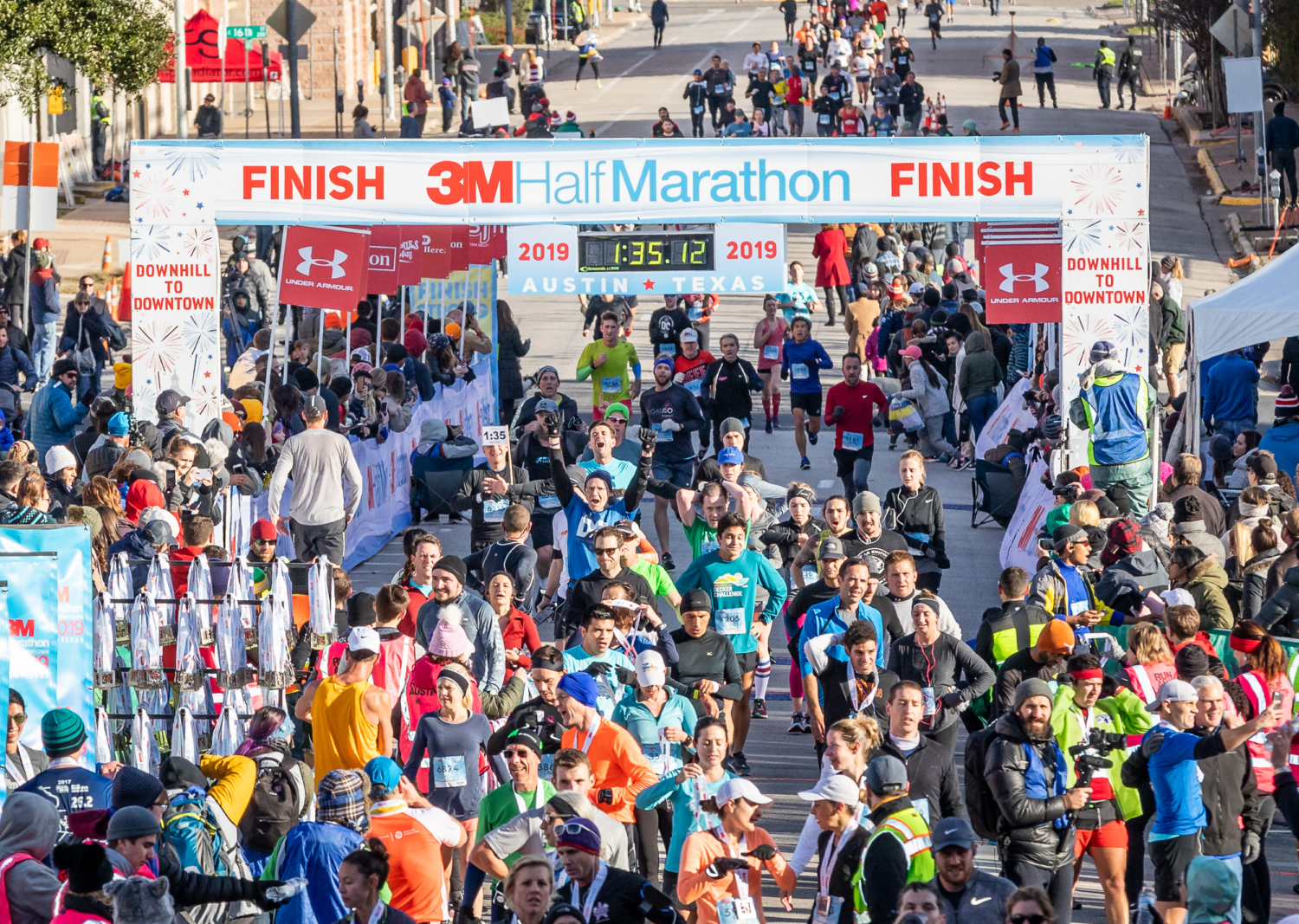Don’t cancel your run because of the weather, run in the rain
There’s a rainstorm rolling into town just as you’re getting ready for your run. Don’t contemplate what you should do, run in the rain! Unless it’s a dangerous thunderstorm with lightning, you should continue with your plans. Make some adjustments to your route if needed, grab a rain jacket, and get ready to run in the rain! Need more of a nudge? Read the five reasons why you should run in the rain below!
Have fun
Remember when you were a kid and you always wanted to play in the rain? Well, this is the same! Running in the rain is fun. It’s different and something we don’t get to do every day. Your feet will get drenched so you might as well jump in the first few puddles you see. And then every puddle after that!
Build mental toughness
Running in the rain is fun, but it can be a challenge too. You might need to find a different route or adjust the type of run during your workout. Your clothes get soaked and are heavier. There might be chaffing. Once your socks and shoes are drenched they become heavier too. Your pace might be slower when running in the rain, but that’s to be expected with all the changes, puddle-jumping, and extra weight. It’ll make you tougher and more prepared for your next run.
Could have the trail or your route to yourself
Remember those busy days on the trail where it’s congested, you have to dodge people, and play chicken with cyclists because they’re trying to make a quick move? If you run in the rain you could have the trail all to yourself! Does your favorite route run against traffic? Just think, wide-open spaces on your favorite route. Less traffic, fewer people, more room for you to crush those miles!
Rain won’t hurt you
You might be sweet, but you’re not made of sugar and you won’t melt! You’ll be good to go as long as it’s a rainstorm with no lightning. Check the weather before you take off. Once it looks good, throw on your rain jacket and running hat and take off.
Prepare for all conditions
You run hundreds of miles in preparation of race day. When you have the chance, you should prepare for all weather conditions on race day too. That’s why running in the rain is important, it will help you prepare for your race. You’ll be better off if you complete a long run or two in the rain. Learn what rain jacket you prefer, how wet clothes feel, what hat works best, what shoes give you the best traction, etc.
Don’t cancel your run just because it’s raining. There are too many benefits, from jumping in puddles to preparing for race day. Lace up your shoes, grab your rain jacket, and head out the door! Is there a reason why you run in the rain that we didn’t mention? Let us know on Facebook or Twitter.



